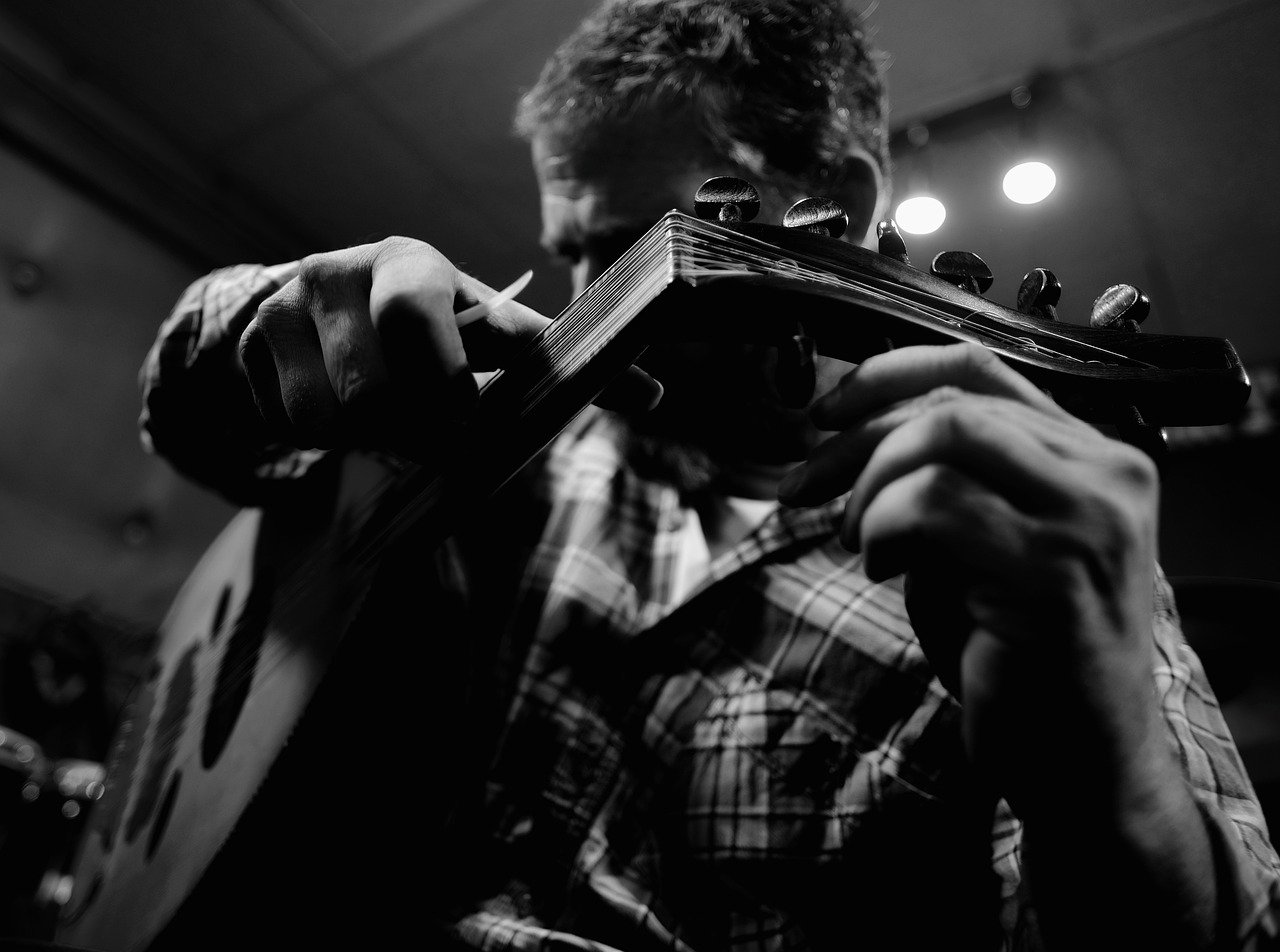The development of Turkish music is not distinguished by its subjection to political and ideological transformations that resulted from the collapse of the Ottoman empire.
The Ottoman era was not one of the most active and prosperous historical chapters on the cultural level, specifically with regard to music, which was widely popular, whether by the Ottoman sultans, statesmen, ministers themselves, or people from among the common people.
Music taught to the elite
The Ottoman interest in music began in the late fourteenth century, and research and private institutes appeared in its teaching; they were mostly schools attached to the palace, as the Ottoman Empire dealt with this art as a basic science that has a methodology and special rules.
The house of music (Darülelhan) was the first official institution to teach the basics of music, until the Ottoman elite contributed to the development of this art by composing melodies and writing the lyrics of the songs, and others were content to play some musical instruments out of pleasure.
Sultan Bayezid II was known for his passion for music and his skill in composing 9 musical introductions, in addition to, Sultan Mahmoud I who played the violin professionally, Sultan Selim III, who discovered 14 maqams and practiced the flute and tanour instruments, Sultan Mahmud II who composed 26 melodies, and other men of government who influenced this cultural heritage.
The Ottoman Empire’s interest in music increased with the establishment of the Ottoman Military Music Ensemble “Mehtrahan”, which is the oldest military orchestral ensemble in the history of the world.
Music as a treatment for psychological illnesses
The Ottoman Empire used music as a treatment for mental and psychological illnesses in the Ottoman Sultan Bayezid II complex, thing that helped a lot in the development of Turkish music later on.
The Sultan Bayezid established a musical group consisting of musicians and singers and works especially in Hospitals, in order to alleviate the psychological crises of patients, at a time when Europe was treating its patients with arbitrariness and cruelty.
The music took different forms during the era of the Ottoman Empire, and it was classical music supported by musical instruments such as the tanpour and the nay, the violin and oud, qanun, psaltery and Alsentur and other traditional folk “Turku” which reflect the Turkish society and culture characteristics, in addition to music arabesque that appeared between the years 1930 and 1950, influenced by the culture and Arabic melodies.
These features changed in the late eighteenth century to the first quarter of the twentieth century as a result of the openness to Europe and the influence of the Western Enlightenment movement on the cultural outlook in the country, the transformation that combined between the Ottoman folk music and the modern Western, but gradually it took on a Western character, and soon then the orchestras increased Choral, opera and ballet
The beginning of Westernization
Mustafa Kemal Ataturk believed that the only way to start with the new Turkey was to create a new concept of Turkishness, and this meant a certain scope separating it from the rest of the world. This was the end of Istanbul, the imperial era.
Because of the great fascination towards Western culture and the European superiority, Turkish music has seen a revolution.
The government took more severe measures when it banned the playing of traditional music on radio sets between 1934-1936, in an attempt to accustom the Turkish people to the new musical identity, and closed the department of oriental music in Dar Al-Melody and banned its teaching in official institutions, and opened a new institute of music in its place. In the western style, it established the first orchestra in 1932, and sent student missions abroad with the aim of learning Western musical rhythms, and thus the link between Turkish society and Ottoman culture was cut off as the Kemalists wanted.
Back to the roots
The restrictions on traditional music continued for 50 years until in the 1970s the Arabesque singer was allowed to appear on television and on the radio, also Turkish government opened an institute of Turkish classical music in Istanbul, and with the beginning of the eighties, This The development of Turkish music dominated the political arena and became a good entrance to political parties seeking to win votes from the middle classes
Today, we encounter many Arabesque artists who have become cultural and popular symbols, and they are part of the intellectual circles that played a role in the modernization and reproduction of this type of art.
After going through winding turns in which the arabesque was transformed from reactionary and prohibited music to the language of rebellion, change and resistance, and one of the ideological struggle arenas in Turkish history.

